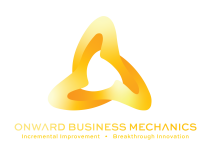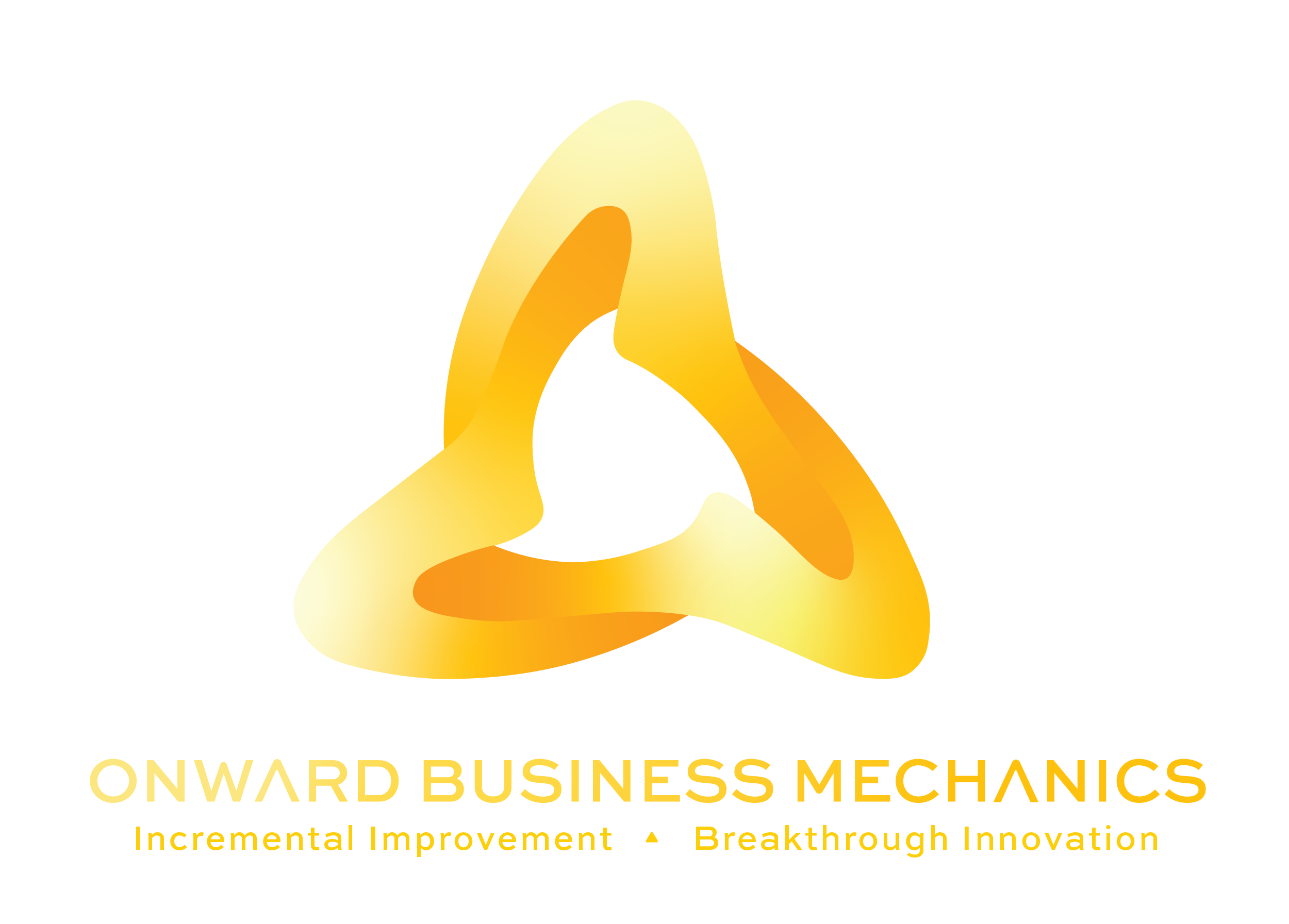When an organization embraces continuous improvement, amazing things happen.
Goodwill of SE Michigan orchestrated 16 process improvement events across the warehouses in their district. The continuous improvement ideas that were implemented saved $2.8 million in labour and supplies.
When I first read about Goodwill’s ‘process improvement events’ I immediately thought ‘they used Kaizen events!’
Kaizen is about getting better.
Generally speaking, ‘Kaizen’ is a Japanese business philosophy of continuous improvement practices and personal efficiency.
A Kaizen event takes place over 3-5 days. During that time, a cross-functional team comes together for 3-5 days to focus on a specific, clearly-defined problem.
Kaizen events work because of four critical elements.
1) Kaizen teams are cross-functional.
A lot of the time, problems that warrant a Kaizen event have been hanging around for a long time. They’re complex issues; they can’t simply be solved by one or two people putting their heads together. Rather, they need people from all sorts of departments. Solving them requires input from the different sides of the business in order to properly understand the issue and move forward.
2) Kaizen events are focussed.
Much of the work critical to the success of a Kaizen event takes place before the team even shows up. It’s crucial to scope out the problem ahead of time and put a box around it. When boundaries are clearly defined, you can say “okay, we are only working on this specific issue. We’re going to focus”. A facilitator ensures everyone stays on task to focus on the clearly-defined problem at hand.
3) Kaizen events are 3-5 days long.
When you’re tackling long-standing, entrenched problem, there are undoubtedly long-standing, entrenched conflicts or ideas around the particular problem being solved. When participants are focussing on the issue for as long as 5 days, they’re forced to move past their pre-conceived ideas. Simply put, they have to; otherwise they’re going to sit there and do nothing. And that’s painful.
4) Kaizen events require top management buy-in.
Successful Kaizen events are backed by a top-management attitude that says “you can do this. You can figure this out. We know it’s a tough problem, but get over it and figure it out.”
Kaizen events require considerable investment; the tools, dedication of time, and a Kaizen facilitator. With all that in mind, you can see why it’s crucial to have top management’s buy-in. Great things happen when the top bosses won’t take ’Sorry, we can’t fix it’ for answer.
Have you ever been involved with a Kaizen event?
What worked well about it?
What was tough?
Let me know in the comments!


